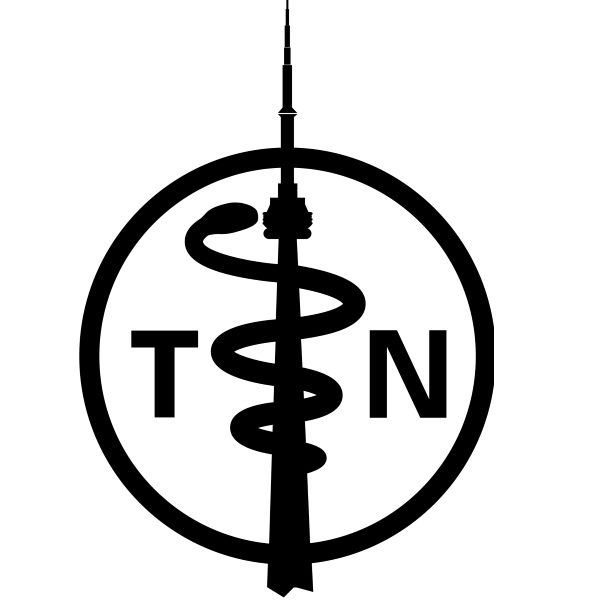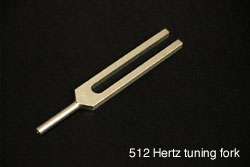Tone
Examination Technique:
- ensure the patient is relaxed.
- for assessment in the upper extremities, the patient may be lying or sitting. In the lower extremities, tone is best assessed with the patient lying down.
- explain the examination technique to the patient before proceeding.
- spasticity (clasp knife) is velocity dependent and should be assessed by a quick flexion/extension of the knee or the elbow or quick supination/pronation of the arm.
- rigidity (lead pipe) is continuous and not velocity dependent and the movement should be performed slowly.
- “activated” rigidity; minor degrees of rigidity may be enhanced by having the patient activate the opposite limb.
- rigidity in the neck can be assessed by slow flexion, extension and rotation movements
Normal Response:
normally minimal, if any resistance to passive movement is encountered.
Abnormal Response:
- spasticity is a feature of an upper motor neuron lesion and maybe minor such as a spastic catch or a very stiff limb that cannot be moved passively. Accompanying features may include spasms, clonus, increased deep tendon reflexes and an extensor plantar response.
- rigidity is a continuous resistance to passive movement and is seen in extrapyramidal disorders such as Parkinson’s disease.
- rigidity may be continuous or ratchety (cogwheeling). Cogwheeling is typically seen at the wrists.
- hypotonia (flaccidity) or decreased tone is more difficult to appreciate but is seen with lower motor neuron or cerebellar lesions

